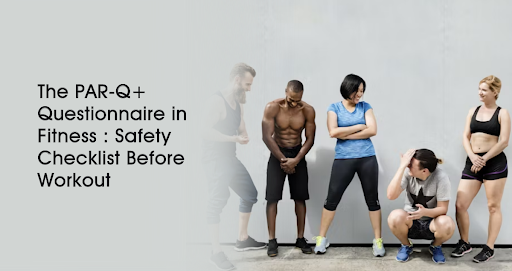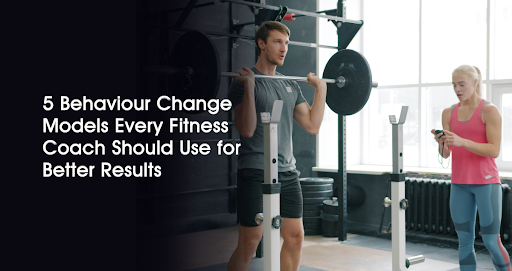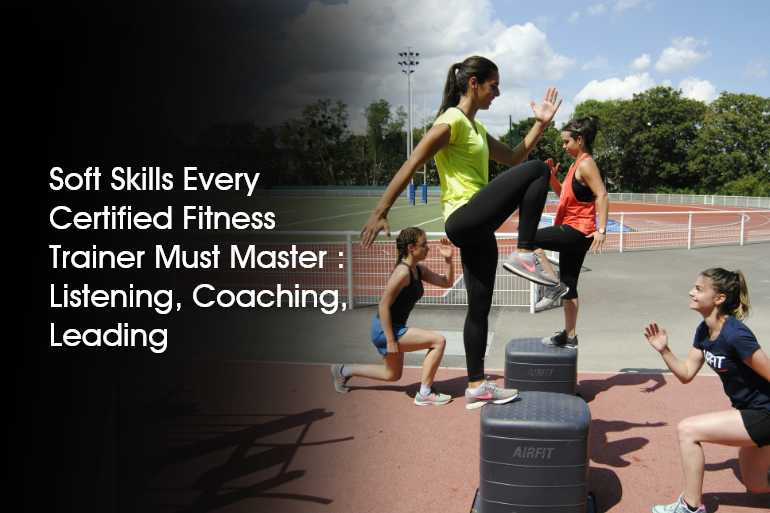
- info@fitindiatrust.org
- +91-7999567519

5 Behaviour Change Models Every Fitness Coach Should Use for Better Results
Meal plans and workouts alone cannot transform the lives of your clients. The real transformation comes when you combine these with the behaviour change of your client. This can happen when they start to show up regularly, make better choices every day, and develop a sustainable lifestyle.
It's not always easy to change behaviour. Many coaches use behaviour change models in fitness based on psychology to guide and understand them through the transformation process. These models can help you identify what motivates people to change and what stops them from doing so. This way, fitness coaches understand how to better support their clients.
Listed below are five behaviour change models in fitness. Every coach must use it to achieve better and lasting results with their clients.
1. Transtheoretical Model – The Stages of Transformation
This is a foundational model in behaviour change. The model breaks the change process down into six stages.
-
Precontemplation – Not yet contemplating change.
-
Contemplation – Starting to think about change.
-
Preparation – Getting ready to take action.
-
Action – Making the change.
-
Maintenance – Maintaining the new behaviour.
-
Relapse (optional stage) – Slipping into old habits.
How fitness trainers can benefit:
The Transtheoretical Model lets you meet your customers where they are. Someone in the contemplation phase will not benefit from the same strategies as someone who is already in the action phase. By tailoring your approach to their stage, you can increase engagement and reduce dropout rates.
Use it in case:
In a situation where your clients are struggling to stay consistent or appear unsure of their goals.
2. Self-Determination Theory
This is among the powerful behaviour change models in fitness with a focus on the differences between intrinsic motivation, which means (doing things because they are enjoyable or meaningful), and extrinsic (which means doing it for rewards or to avoid punishment).
Self-Determination Theory says people are more likely to stick with behaviours when the three needs are met:
-
Autonomy – Feeling in charge of their decisions.
-
Competence – Feeling capable and effective.
-
Relatedness – Feeling supported and connected.
What it can do for fitness coaches:
Motivated clients can better stick with you if they feel like they have a say in their own path, can build skills, and receive your support. Instead of simply prescribing workouts, trainers must include them in the decision-making process. You must have their role in realistic challenges and reward small victories.
Use it when:
A gym coach can use it when clients are losing motivation or only seem to respond to rewards or external pressure.
3. COM-B Model – Understanding What Drives Action
The COM-B model is a simple yet powerful system that explains that behaviour (B) occurs through the interaction of:
-
Capability (C) – Do they have the knowledge or skills?
-
Opportunity (O) – Does their environment support change?
-
Motivation (M) – Do they want to do it?
What it can do for fitness coaches
This model is great at solving problems. If a client does not follow through with workouts, it might not be due to laziness or lack of time (opportunity), capability (ability), or motivation (emotional drive).
Use it when:
In a situation where you need to uncover the real reasons behind the inactivity of a client.
4. Motivational Interviewing
While this is not a model in the traditional sense, Motivational Interviewing is a powerful behaviour change technique for changing behaviour based on empathy and collaboration. It’s all about helping clients resolve ambivalence and discover their own reasons for change.
MI uses strategies like:
-
Open-ended questions
-
Reflective listening
-
Affirmation
-
Summarizing
-
Evoking change talk
How it helps fitness coaches:
You do not need to tell clients what they need to do. MI is a client-driven change management process that helps clients discover their own motivations. This makes the change process more client-driven and sustainable.
Use it when:
A fitness coach can use it when clients appear to be resistant, defensive, or uncertain about their goals.
5. Social Cognitive Theory
This theory explains behaviour change by examining the interactions between personal factors, behaviours, and the surrounding environment. It has a focus on the client's self-efficacy, or belief in his/her ability to succeed.
Important components include:
-
Observational learning (seeing others succeed)
-
Reinforcement (rewards and feedback)
-
Self-regulation (goal setting, self-monitoring)
What it can do for fitness coaches
Trainers can help clients build self-efficacy by tracking progress and setting small wins by sharing success stories. You can excellently increase their commitment and consistency.
Use it for:
The client may lack confidence or feel overwhelmed with their goals.
Why These Models Matter
These behaviour change models in fitness are more than just psychological tools. They can help you become a more effective and empathetic professional gym trainer.
-
You can adapt your coaching style to a client's level of readiness with TTM.
-
SDT lets you foster long-term motivation.
-
With COM-B, you troubleshoot the real barriers to progress.
-
With MI, you empower clients to own their change.
-
With SCT, you help build belief, possibly the most important factor of all.
When you apply these models thoughtfully, you don’t just help clients work out. You help them transform body, mind, and lifestyle.
Conclusion
Fitness coaches can guide their clients to lasting results by understanding and applying the above-mentioned behaviour change models in fitness. These models help uncover motivation and remove obstacles while boosting confidence. The trainers can go beyond workouts by integrating these models into their coaching. You must equip yourself and your clients with these tools to see them transform physically and thrive in every area of their lives.
FAQs
What are behaviour change models in fitness?
These are models that are psychology-based structures used by fitness professionals to assess and support clients for their lifestyle and habits transformation.
Which is among the perfect behaviour change models in fitness for beginners?
The Transtheoretical Model (Stage of Change) is a good model to use for assessing readiness and providing early support based on that anchoring.
Can I use more than one model with a client?
Yes, in almost every situation, using more than one model gives you greater insight and strategies for supporting change compared to any of them by themselves.
.png)

